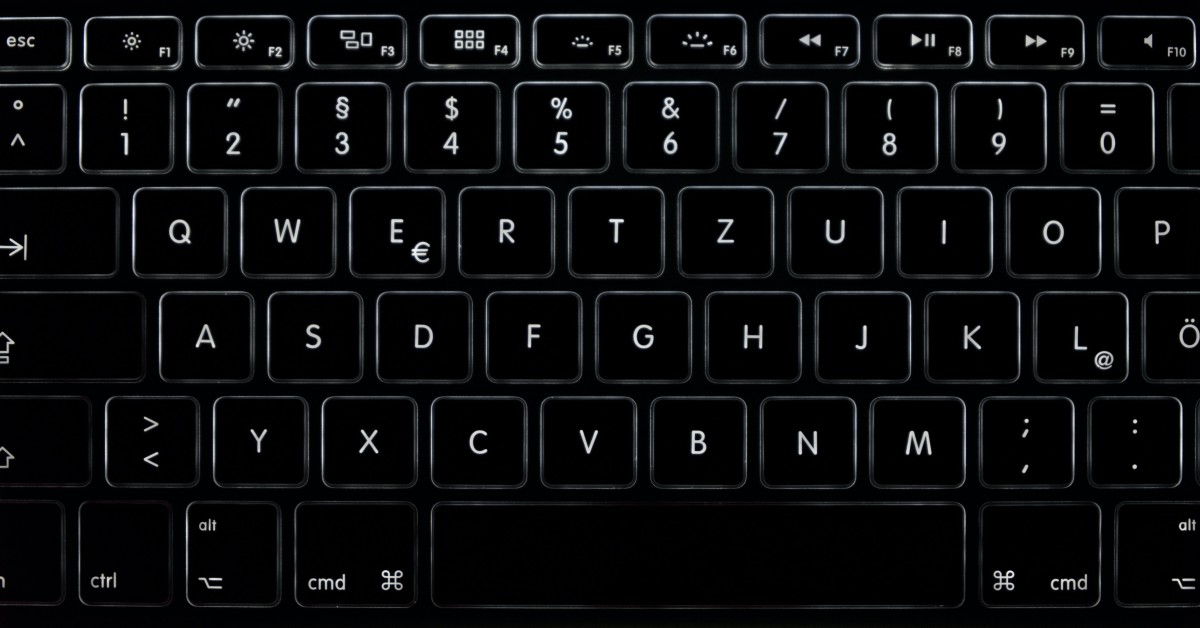
Health Informatics vs. Biomedical Informatics [Difference Explained]
Some schools and employers use the terms health informatics and [...]
![Health Informatics vs. Bioinformatics [Difference Explained]](https://resources.noodle.com/wp-content/uploads/2023/11/national-cancer-institute-s6w5NOxtm7U-unsplash-1024x536.jpg)
The world of informatics consists of many subdisciplines. Health informatics—sometimes referred to as biomedical informatics (BMI)—is just one of them.
Bioinformatics is another branch of informatics, one that’s often mistakenly categorized as part of biomedical informatics. It isn’t hard to see why when schools and employers use terms like clinical informatics and medical informatics interchangeably. Bioinformatics sounds like just another name for health informatics.
It’s not. Bioinformatics is a very different discipline with a very different focus, which means choosing between these two academic and career pathways isn’t hard. Health informatics resides at the intersection of data science and healthcare. Bioinformatics, on the other hand, combines data science and biology. Choose the former and you’ll spend your days using computer science to make healthcare (and sometimes public health) better. Choose the latter and you’ll spend your days using computer science to look at the building blocks of life and the drivers of disease.
If both of these multidisciplinary fields intrigue you, you’ll need to dig more deeply into each. We can help. In this article about health informatics vs. bioinformatics, we compare and contrast the Master of Science in Health Informatics (MSHI) and the Master of Science in Bioinformatics. This article covers:
Health informatics is an interdisciplinary field that leverages vast quantities of data generated by medicine and health-focused research to do things like:
Informaticians are the data analysts and data scientists of the healthcare world. The information they study comes from sources as varied as lab results, individual patient satisfaction surveys, clinical trials, and insurance claims. All of it, however, is generated by people.
Bioinformatics professionals, on the other hand, use a wider variety of biological, proteomic, molecular, and genomic data—plus biomedical data—to do things like:
It’s hard to sum up bioinformatics, though some sources try. In a Reddit thread about the difference between medical informatics and bioinformatics, one commenter described the work of bioinformaticians as “studying biology with the data knob turned up to 11.” Many bioinformaticians are clinicians or have degrees in genetics, molecular biology, epidemiology, and agriculture.
It’s easy to see how different these disciplines are when you look at the curricula in health informatics and bioinformatics master’s programs.
Topics covered in master’s in health informatics programs include health informatics management, health data analytics, IT in healthcare settings, and medical records management. Some programs are more technical than others.
The University of Pittsburgh offers an online MSHI program. The UPitt health informatics curriculum includes classes like:
BMI master’s programs vary considerably from school to school but tend to devote many credit hours to electives. Core courses usually include variants of:
From there, students usually choose from among a wide range of elective classes in biology, computational sciences, biochemistry, computer science, and mathematics, like:
You won’t need a doctoral degree to advance in health informatics unless your goal is to go into academia or research. A master’s degree along with one or more certifications will almost always be sufficient to get you into the top-paying informatics positions in healthcare.
The situation in bioinformatics is different. Even in healthcare-focused areas of bioinformatics, the discipline is exceptionally research-oriented. As a result, the best-paying positions in bioinformatics are often held by PhDs.
There are subfields in both health informatics and bioinformatics. Master’s programs are often organized around them.
Students in Master of Science in Health Informatics can choose from among concentrations like:
Concentration options in bioinformatics master’s programs reflect the broader scope of this discipline. Bioinformatics specializations include:
Most graduate-level degree programs take one-and-a-half to two years to complete. Health informatics and bioinformatics programs are no exception.
Many guides will tell you it takes two years of full-time study to earn a master’s degree in health informatics, but this isn’t accurate. Many, if not most, informatics programs are designed for working professionals, with courses delivered in the evenings or on weekends. It’s entirely possible to fulfill an MSHI program’s requirements in 18 months while still working full-time. There are also accelerated one-year health informatics master’s programs and self-directed, asynchronous programs that can take three years or more to complete.
Many BMI programs take somewhere between 16 months and 24 months to complete. Research-intensive programs may take longer, however, as the time to graduation is dictated not by a schedule of courses but by student progress.
The most robust informatics programs are usually offered by schools with highly ranked computer science departments and medical schools.
There are highly ranked MSHI programs at:
Finding a master’s in bioinformatics program that supports your interests may be more important than graduating from a prestigious school because this field is so new. That said, some notable programs are offered by:
Georgia Institute of Technology (Main Campus)
Many colleges and universities have replicated their on-campus informatics programs to appeal to professionals who need flexibility or want to continue working while studying.
These schools have highly ranked online health informatics master’s programs:
Many of the above bioinformatics schools have put their master’s programs online, including Johns Hopkins University, New York University, and Northeastern University. There are also strong online master’s in bioinformatics programs at University of Illinois at Urbana – Champaign and Brandeis University.
The cost of informatics degrees varies more from school to school than from specialty to specialty. Top-tier colleges and universities charge top-tier tuition.
You’ll pay about $20,000-$30,000 in tuition in the typical health informatics master’s program. That figure doesn’t include the cost of materials, fees, or other expenses you have, like housing.
The same is true for bioinformatics master’s programs, with one caveat. There are some research-focused academic bioinformatics master’s programs in which graduate students can secure funding like PhD students.
Jobs in health informatics seem to be growing across the United States. Jobs in bioinformatics are often clustered in biotech hub cities like Boston.
The outlook for jobs in health informatics is good because medical facilities, healthcare networks, drug and medical device manufacturers, and research labs all want to find new ways to leverage the data they collect. That means jobs for medical records and health information technicians will probably grow more quickly than average over the next decade.
As the life sciences embraced Big Data and data analytics, bioinformatics jobs exploded. This field is still hot, and chances are it will only get hotter as researchers discover new uses for data science. Bioinformatics professionals who have a background in both computer science and biology will seldom have trouble finding work. For perspective: 94 percent of Northeastern University graduates find employment within six months of graduation.
Informatics careers involve programming, systems integration, database design, and analytics. Health informaticists may work with clinical data, business and operations data, or both. Bioinformaticians work exclusively with biological data.
Titles commonly held by MSHI holders tend to be business-focused and include:
Clinical health informatics jobs include:
Common job titles in bioinformatics include:
The most lucrative roles for health informatics master’s degree holders are supervisory and executive positions like:
The top-earning professionals in bioinformatics usually have titles like:
By now, the answer should be obvious. Professionals who choose health informatics are often motivated by a desire to improve healthcare delivery and patient outcomes by improving the way medical information is handled and how it’s used. If you want to work in healthcare systems, patient-focused medical research, or healthcare administration, a healthcare informatics degree can help you break into informatics or transition into more senior positions.
On the other hand, bioinformatics professionals tend to be interested in hard science, motivated by a desire to understand biology and its applications. You can work in medicine with a bioinformatics master’s—or environmental science, agriculture, or gene research—making this the more versatile degree. So, where do you belong? Chances are if you read this far, you’re ready to answer this question for yourself.
Questions or feedback? Email editor@noodle.com

Some schools and employers use the terms health informatics and [...]

Informatics and health information management are related healthcare disciplines that [...]

Computer scientists and computer engineers do different worku2026 except when [...]
Categorized as: Health Informatics & Sciences, Nursing & Healthcare